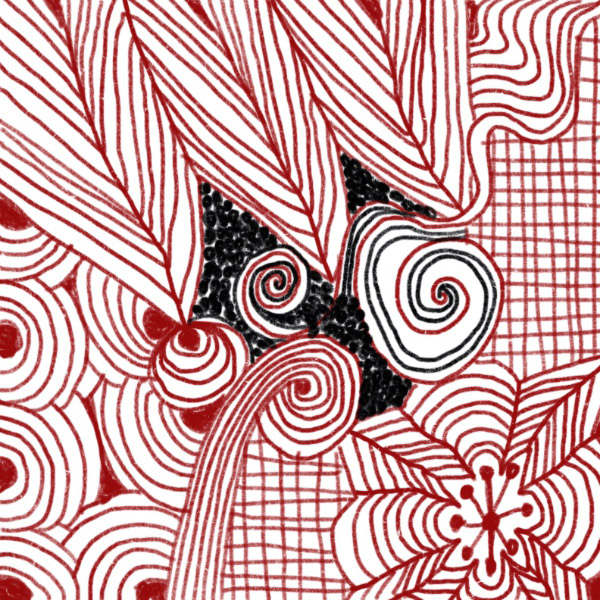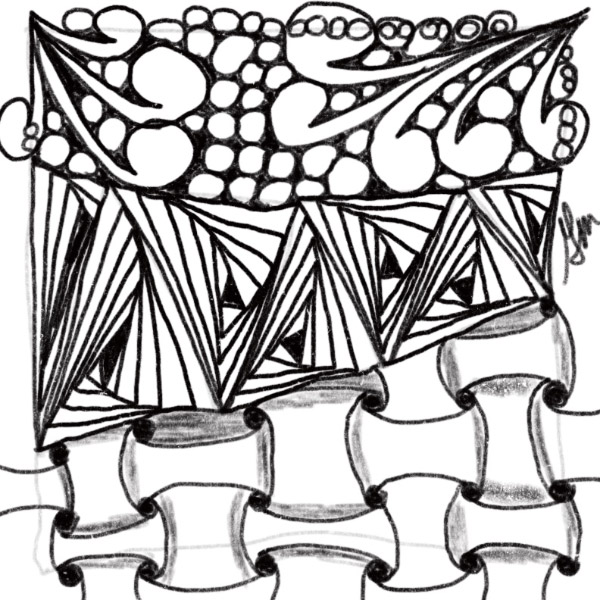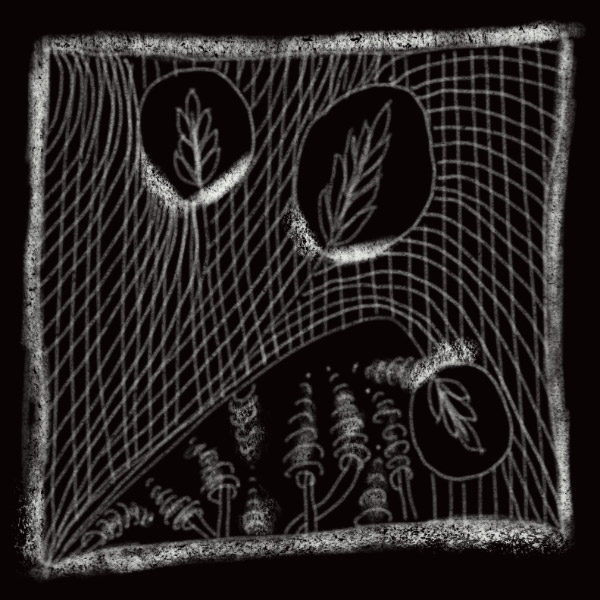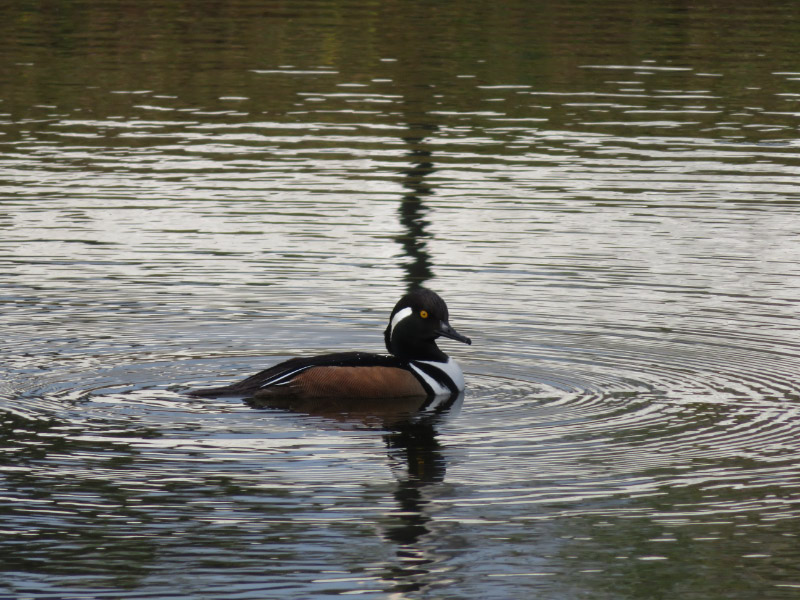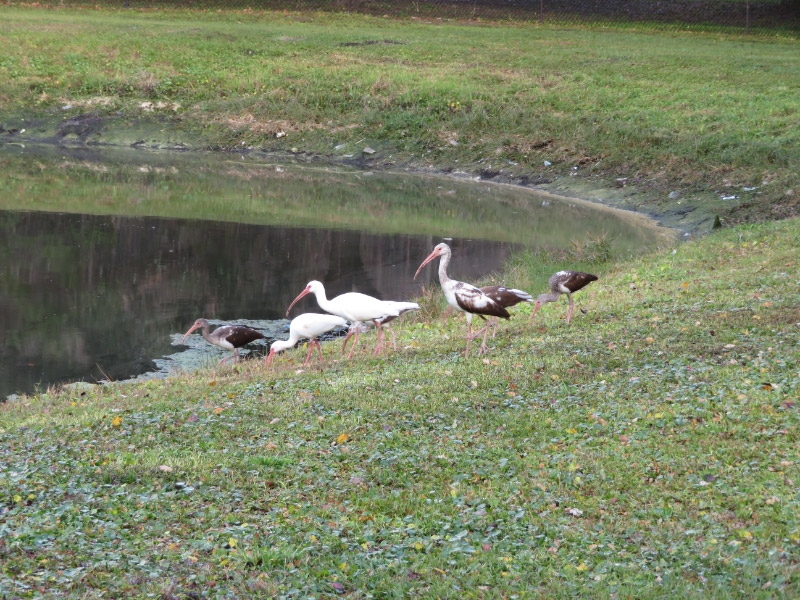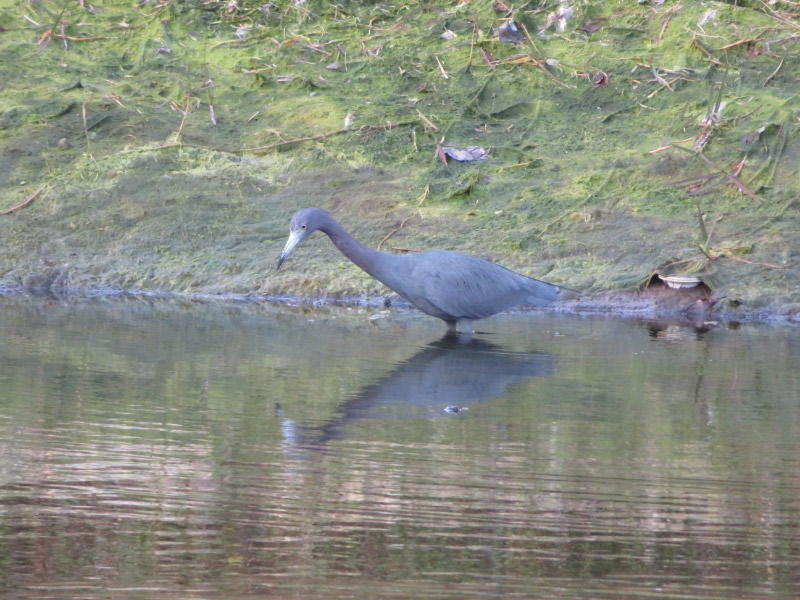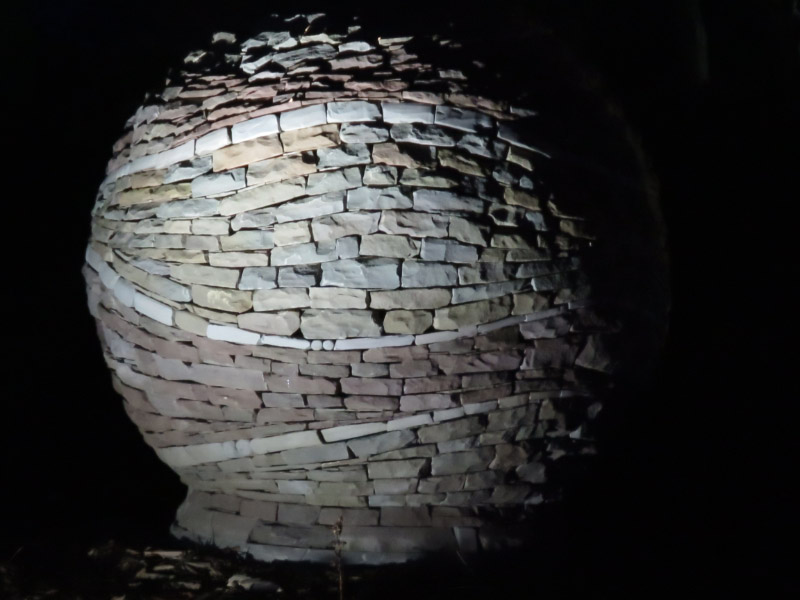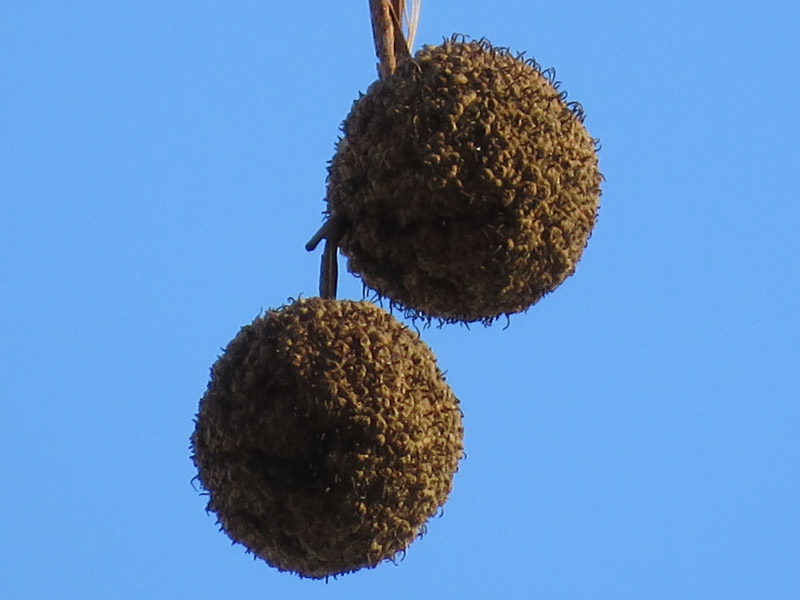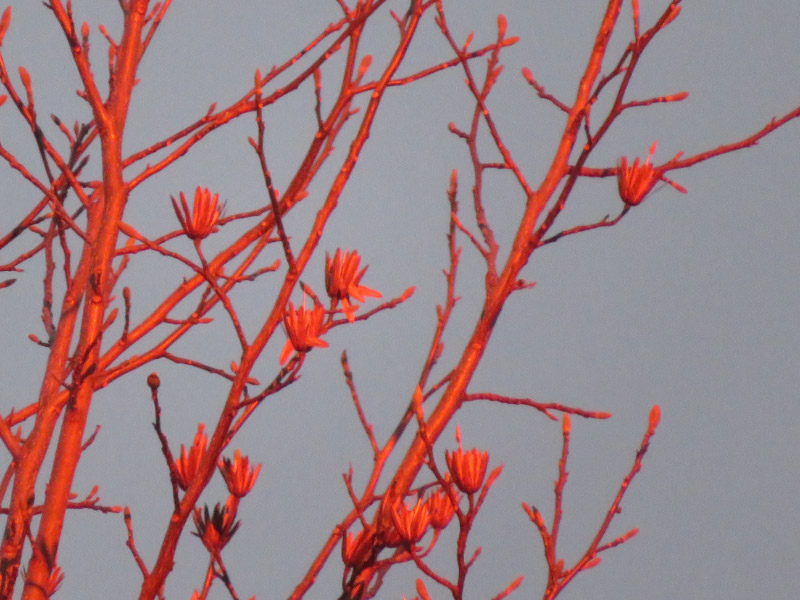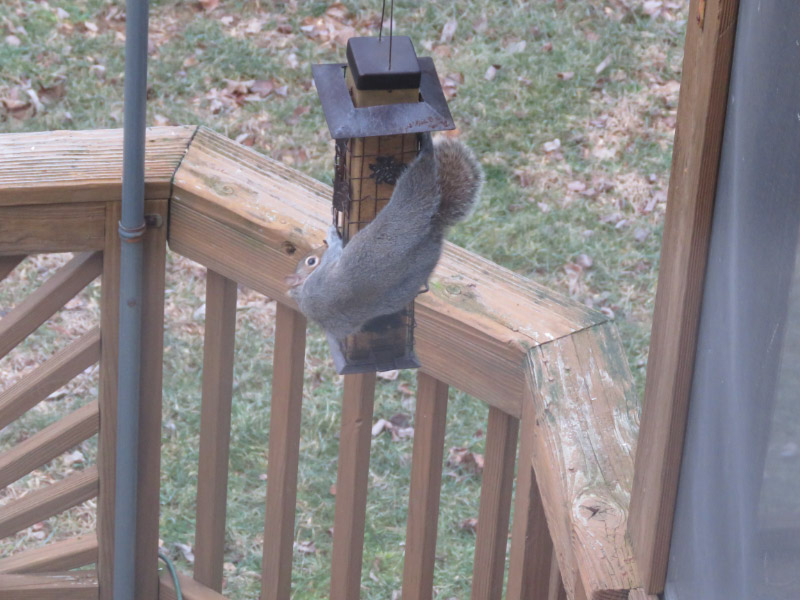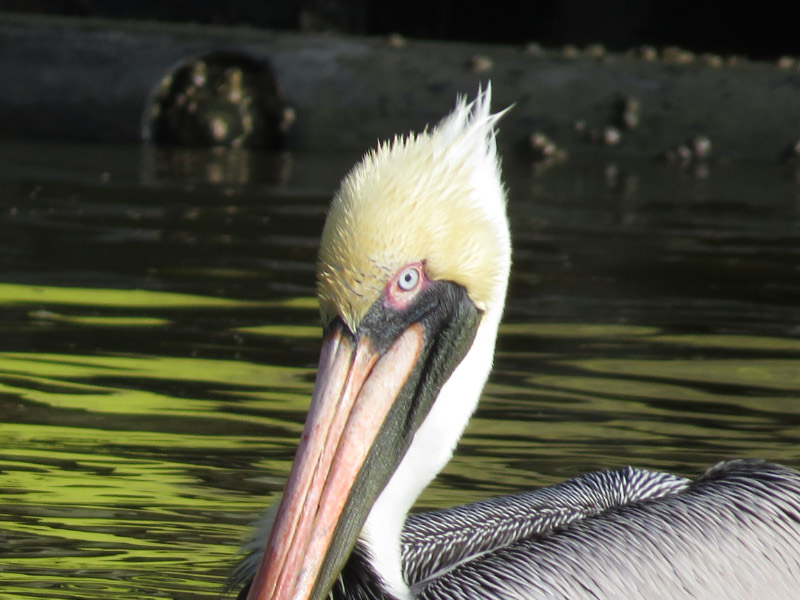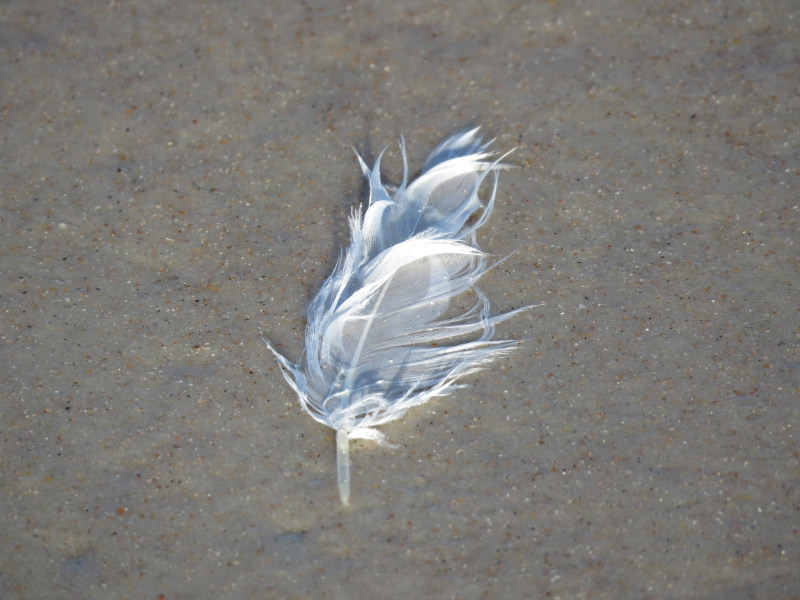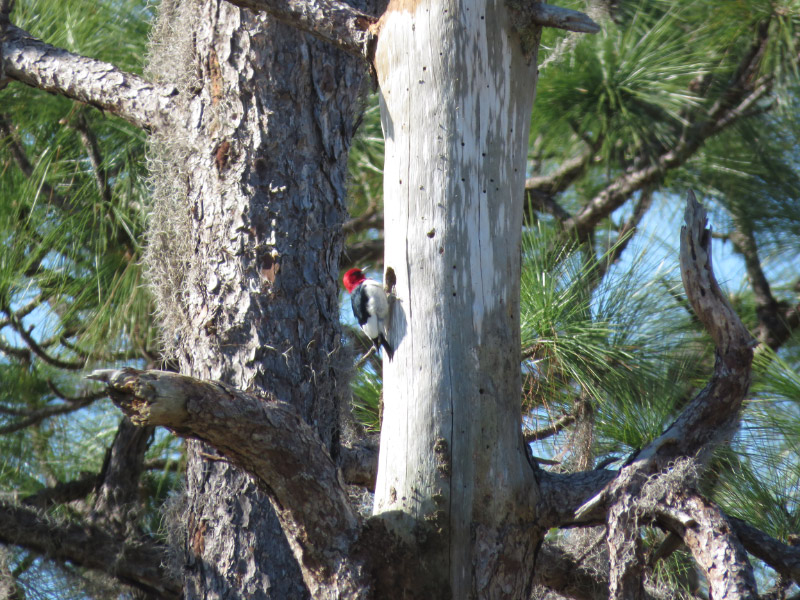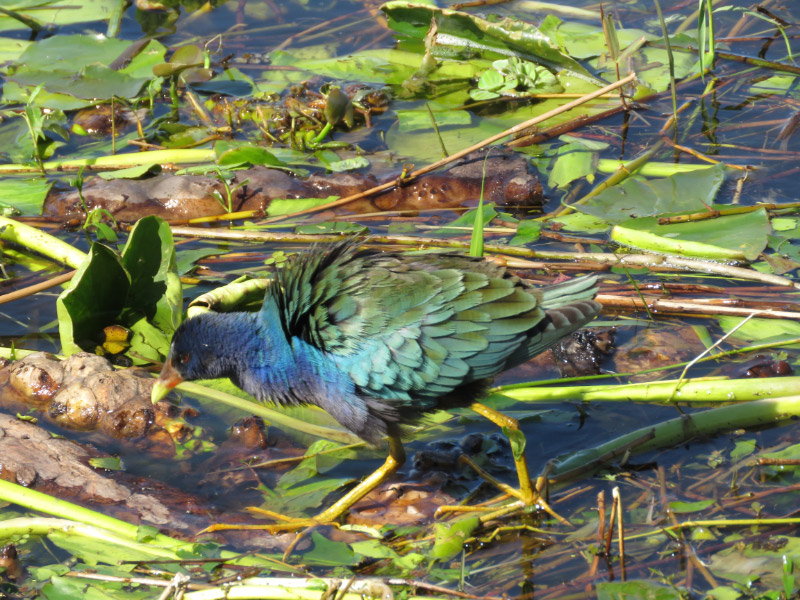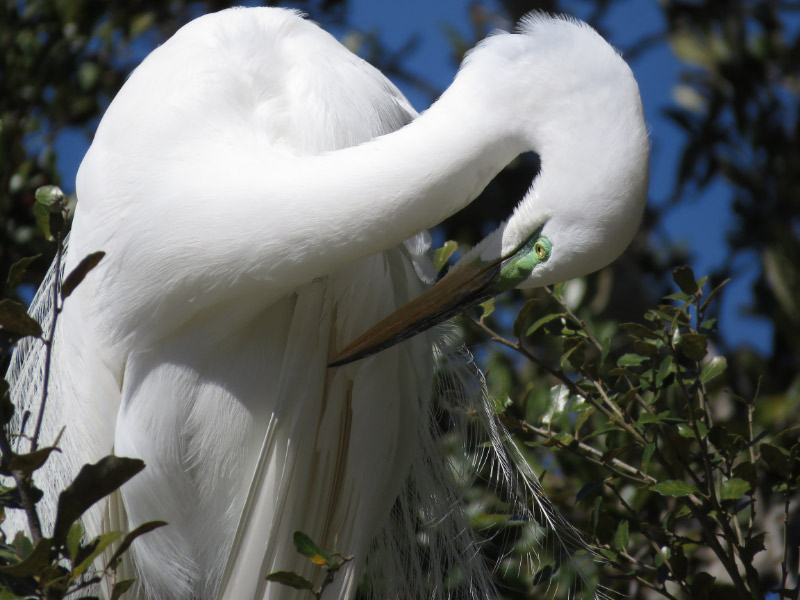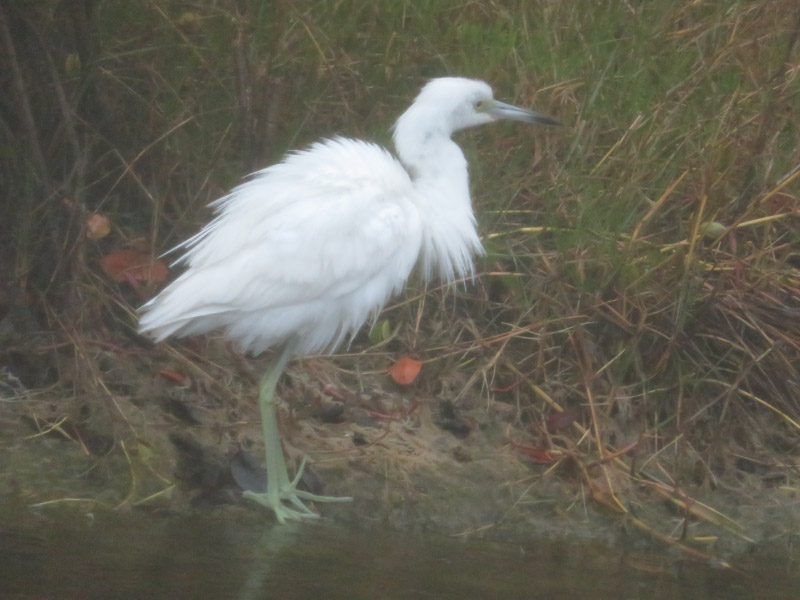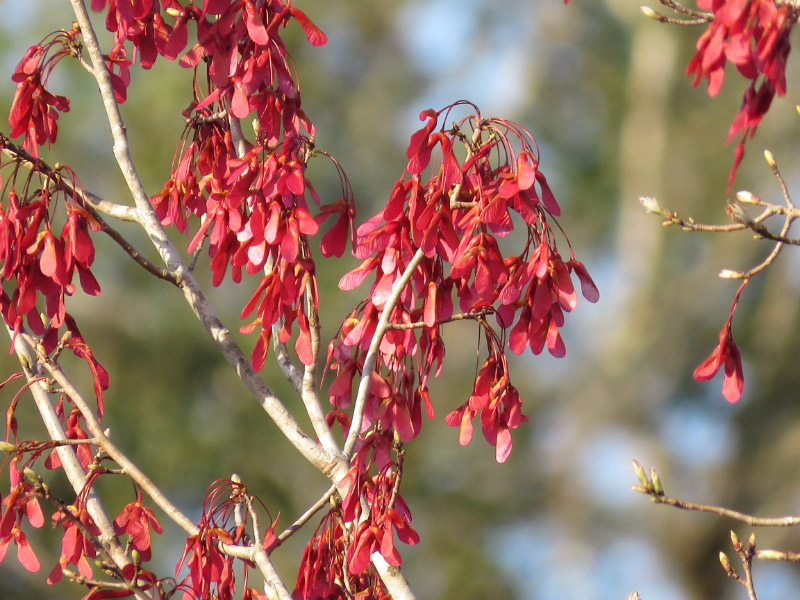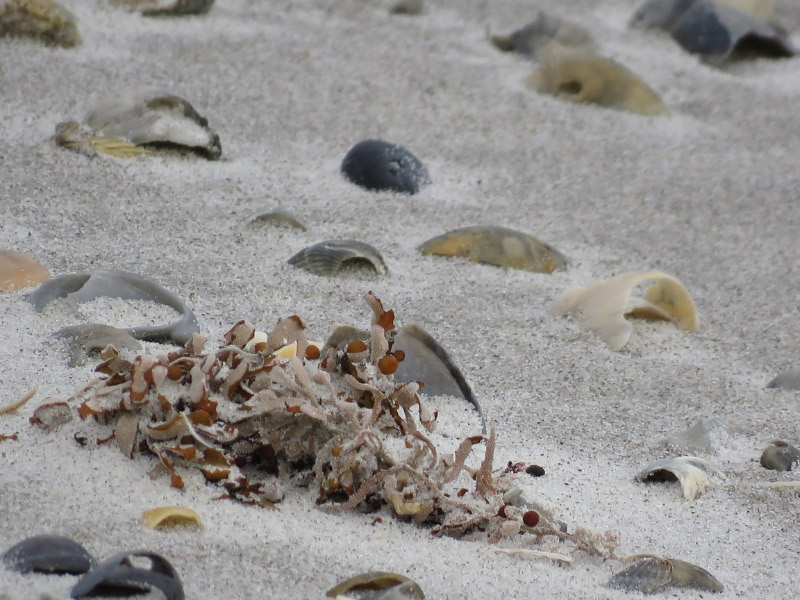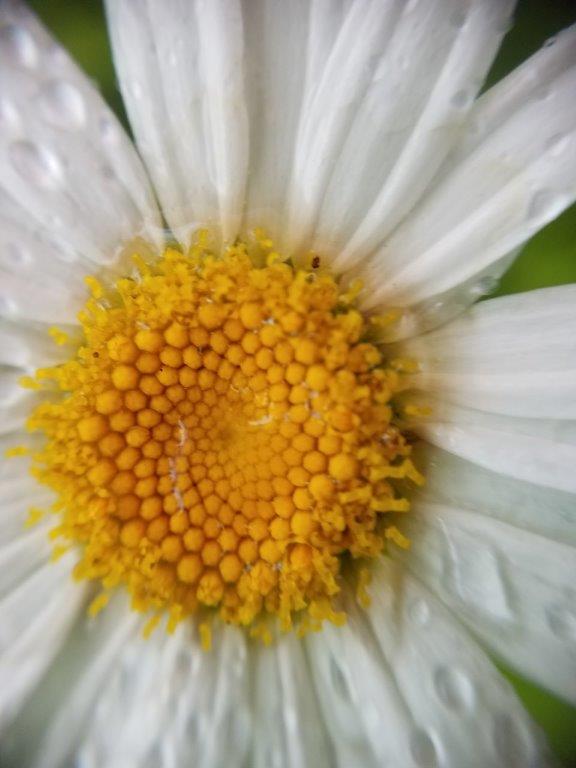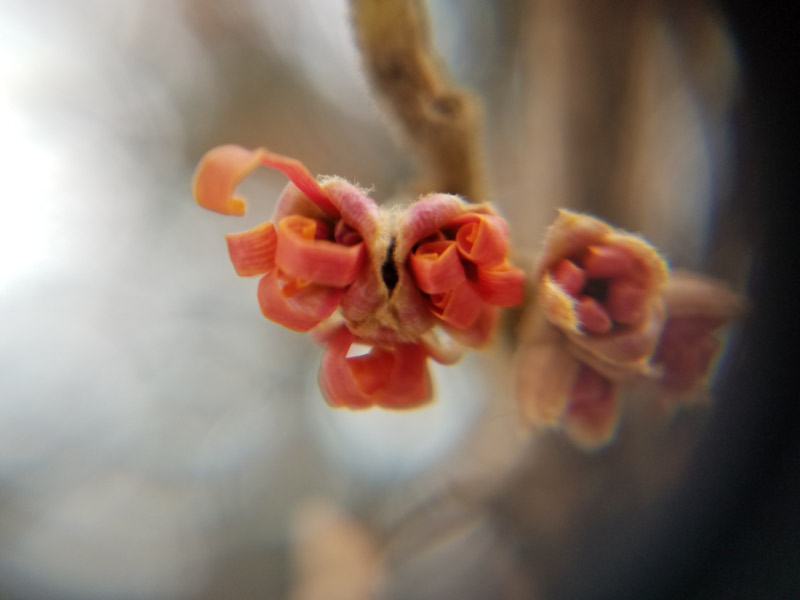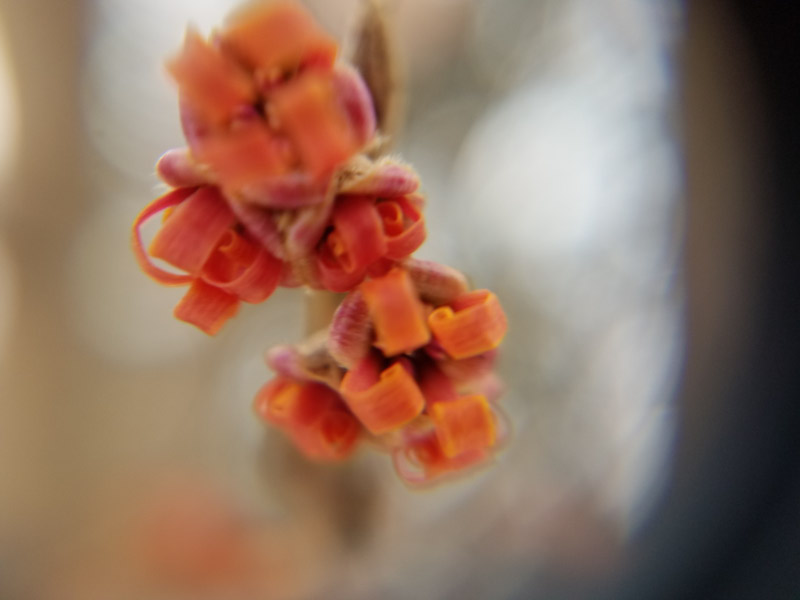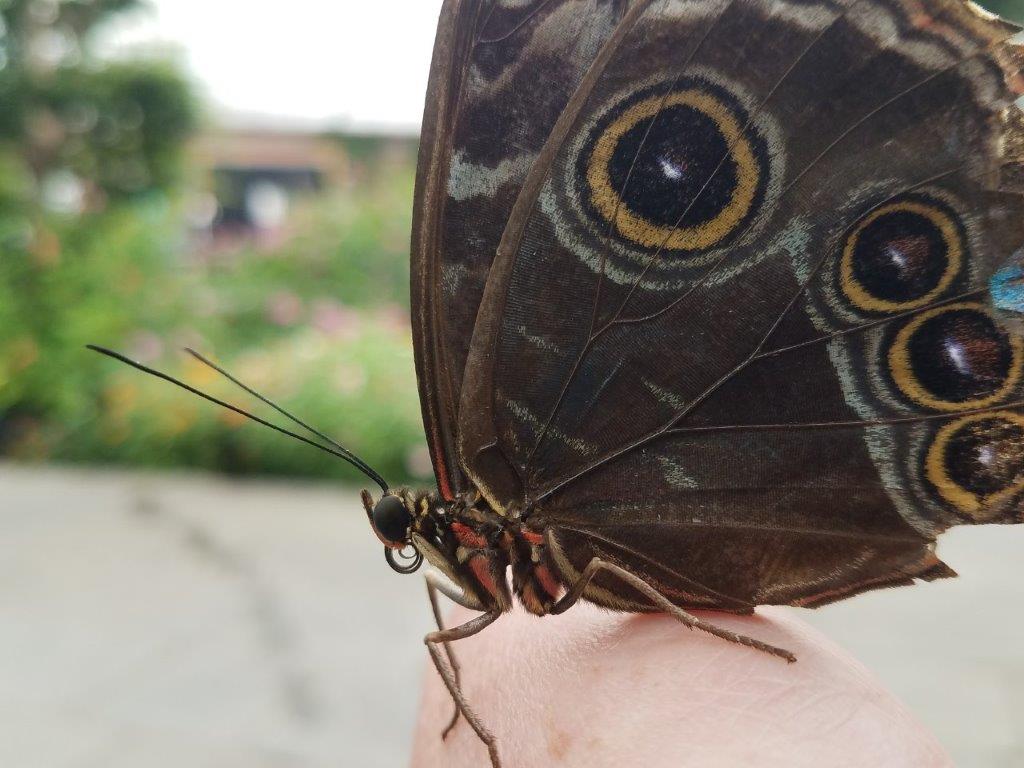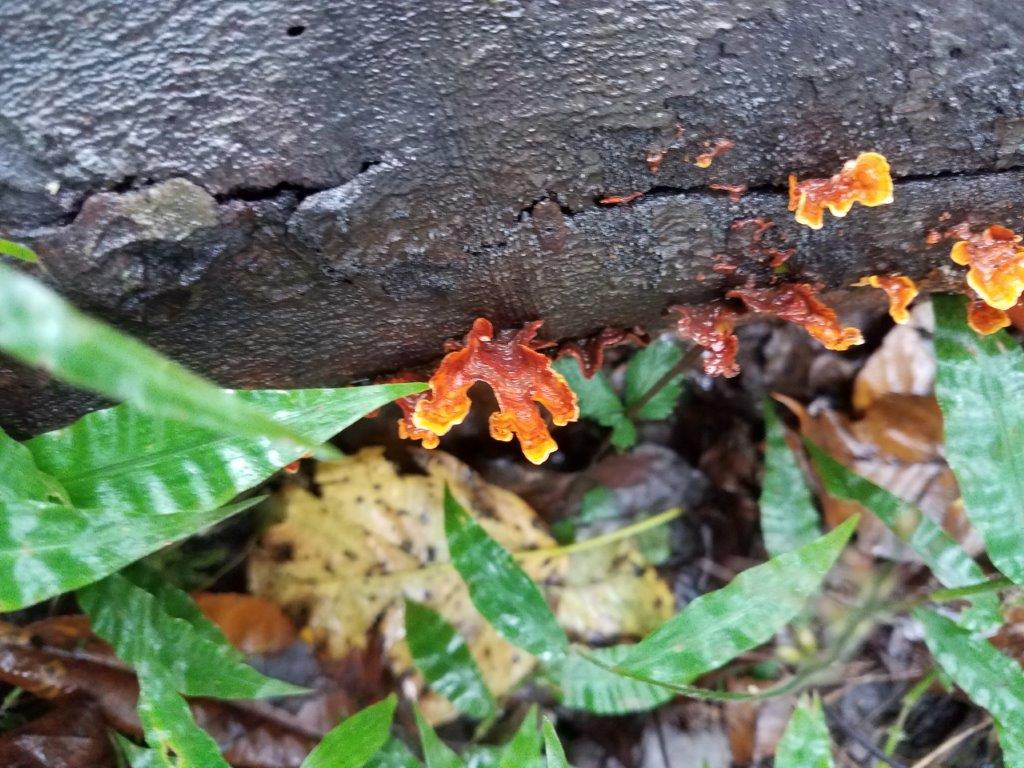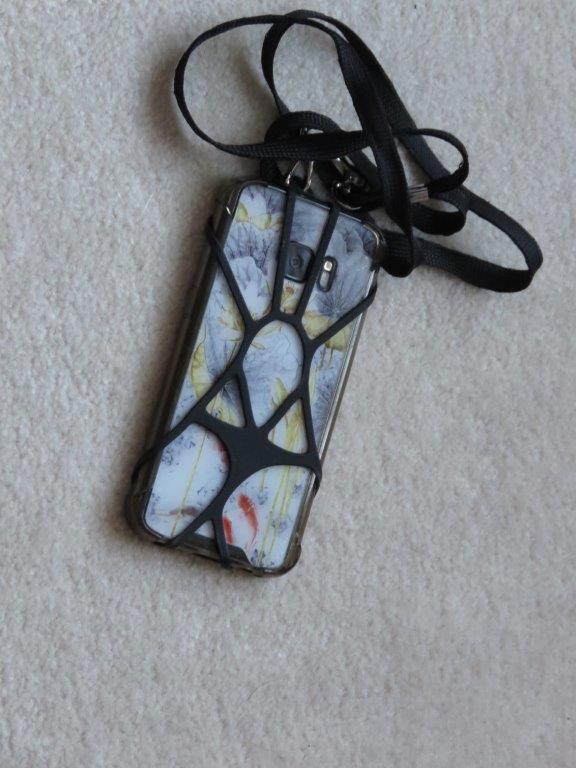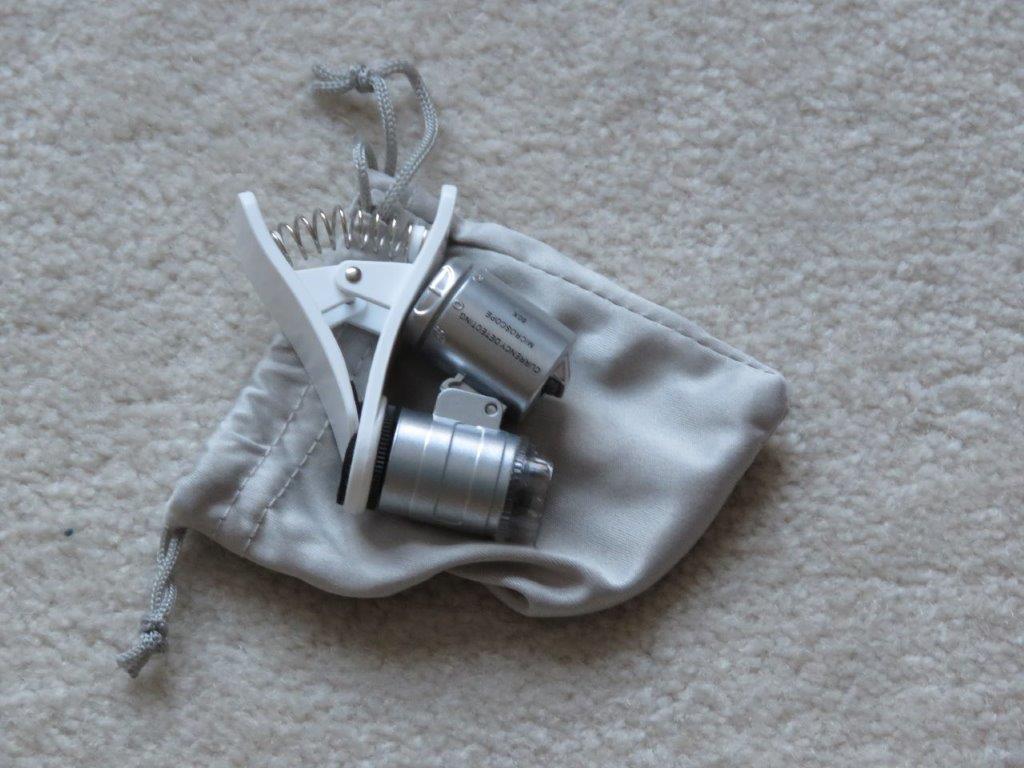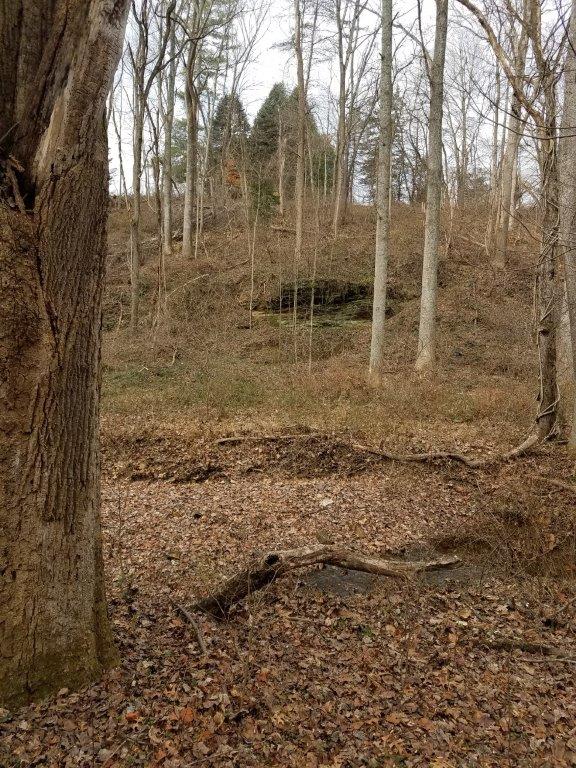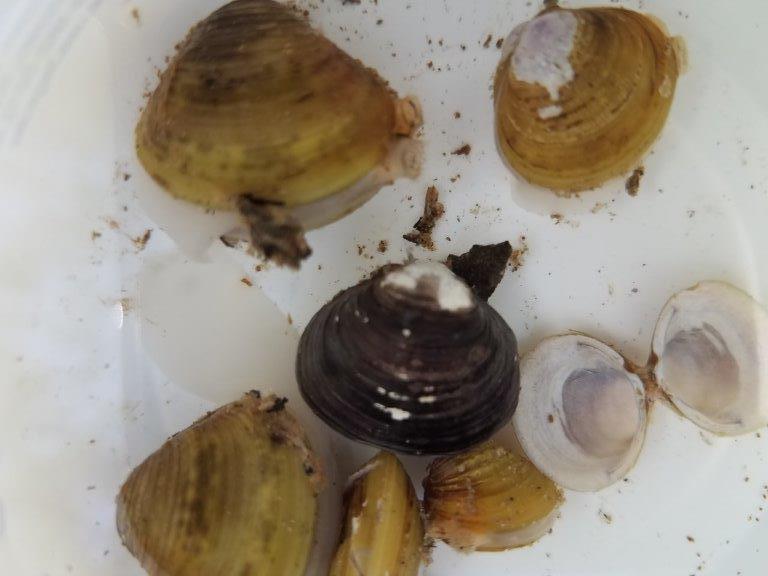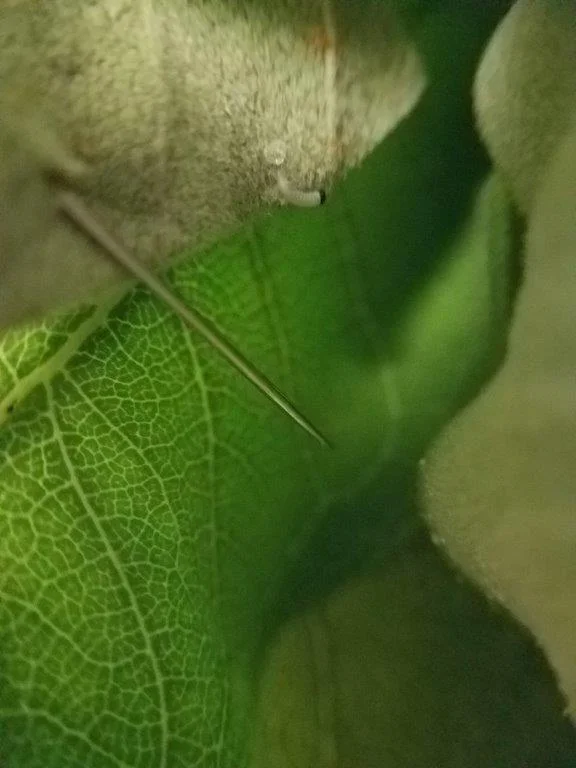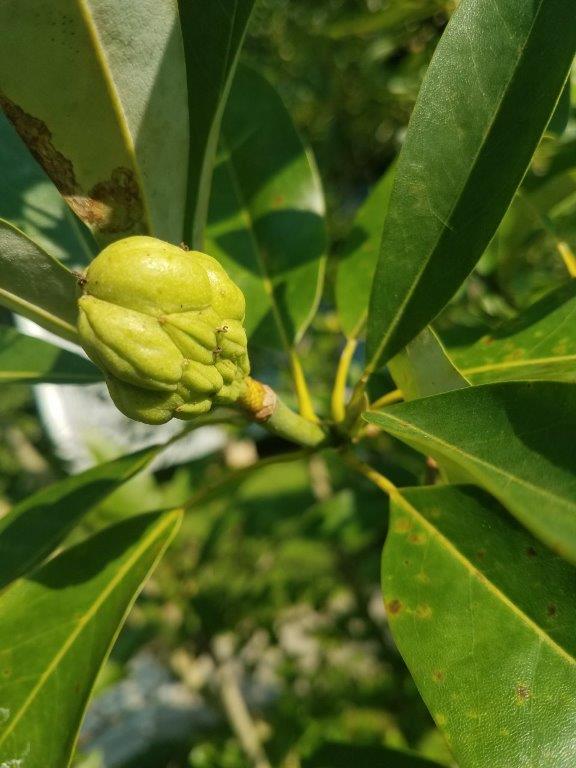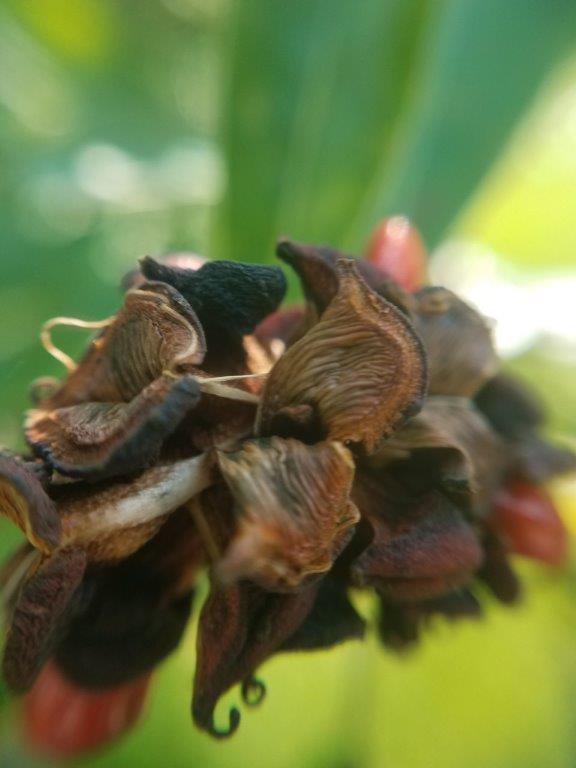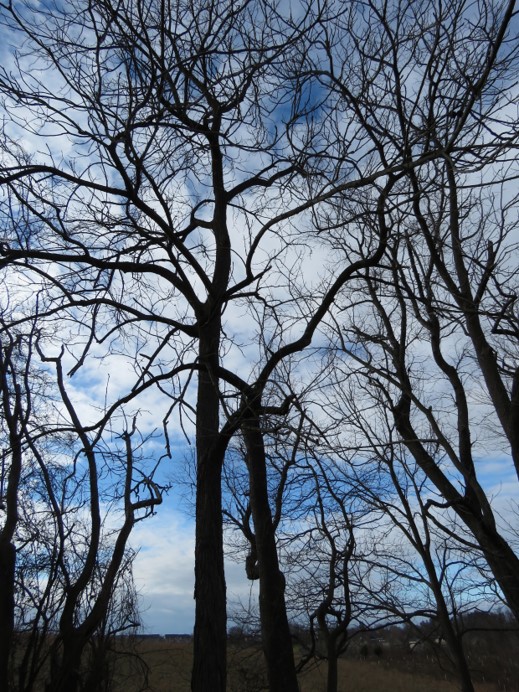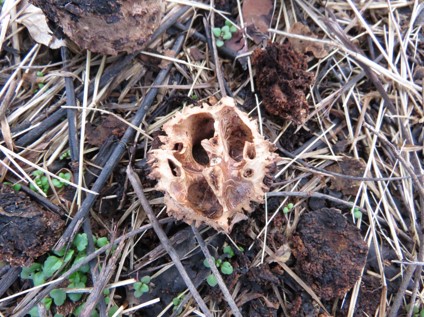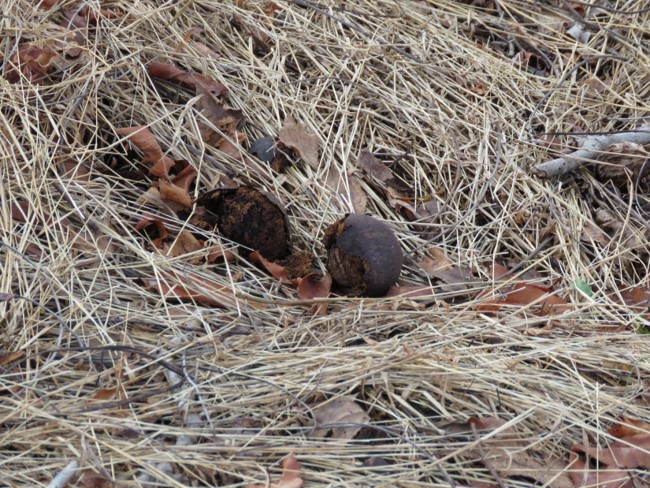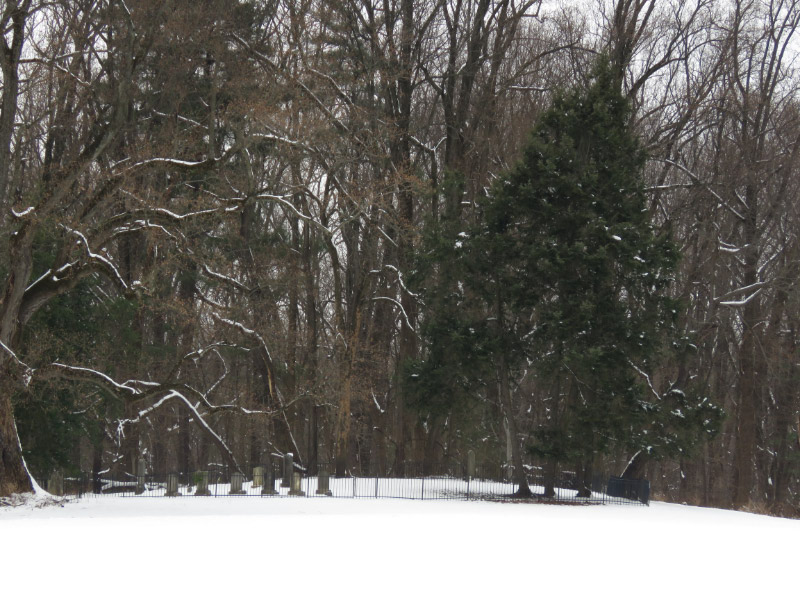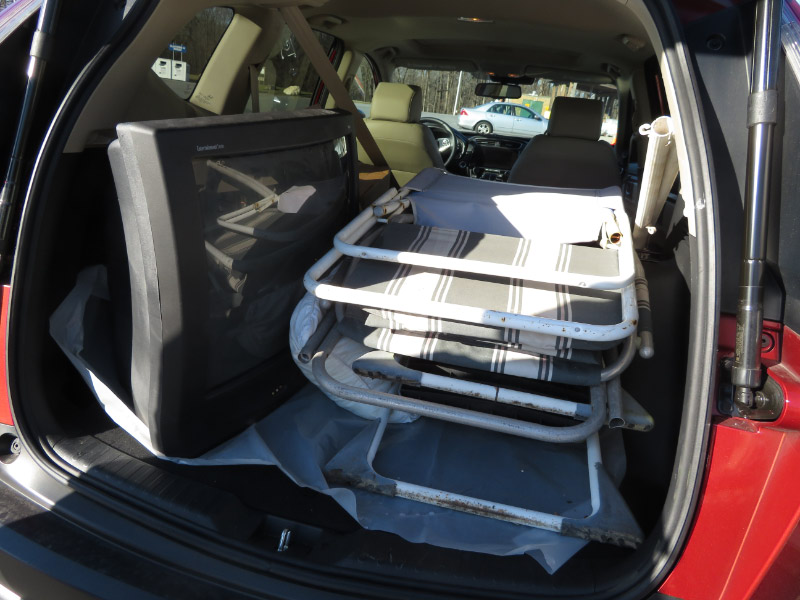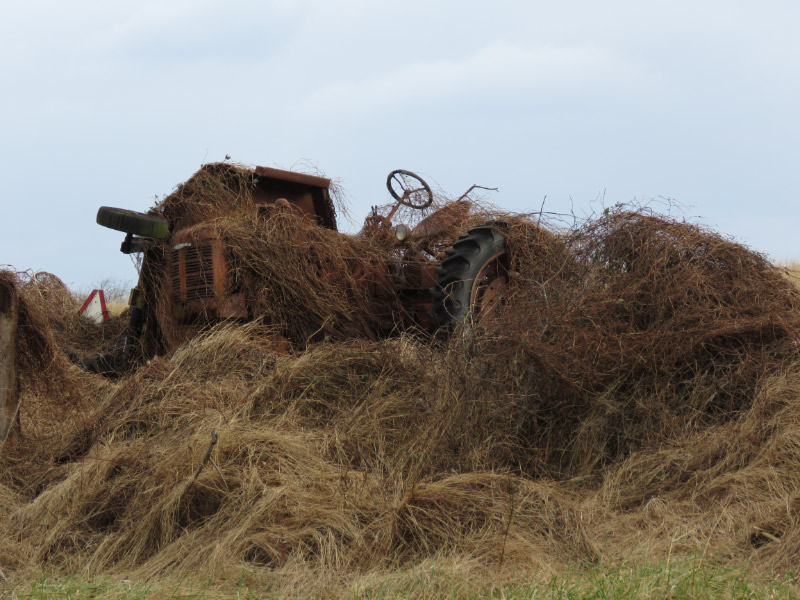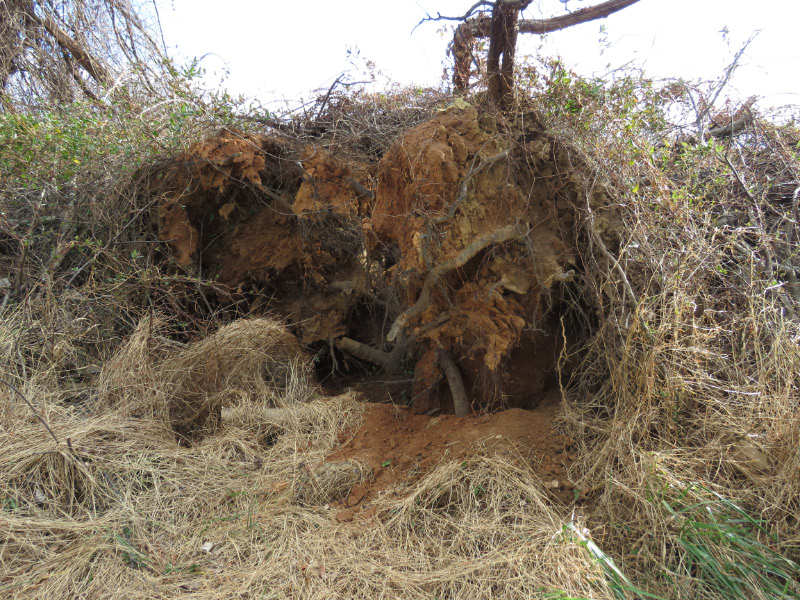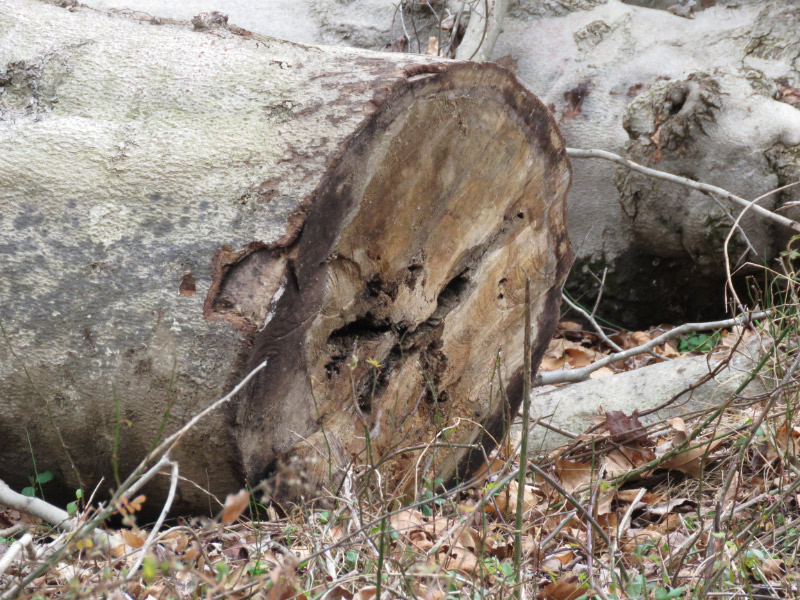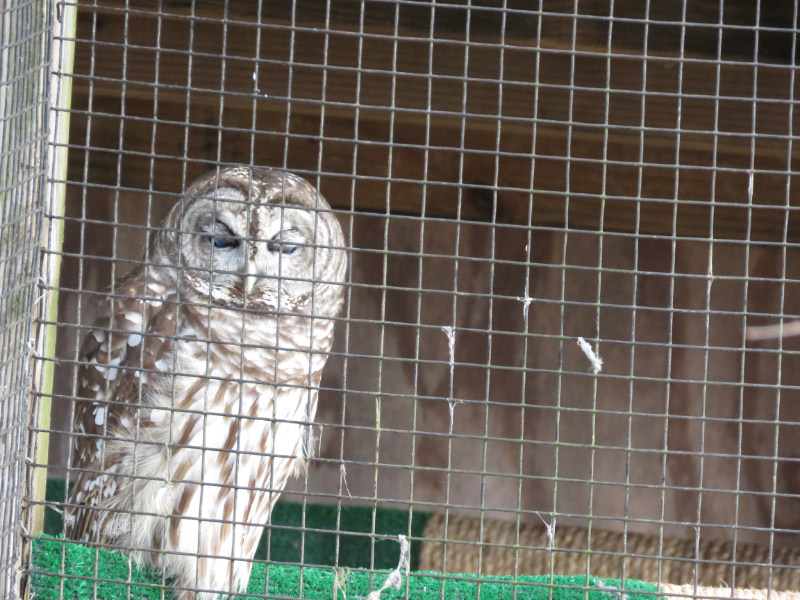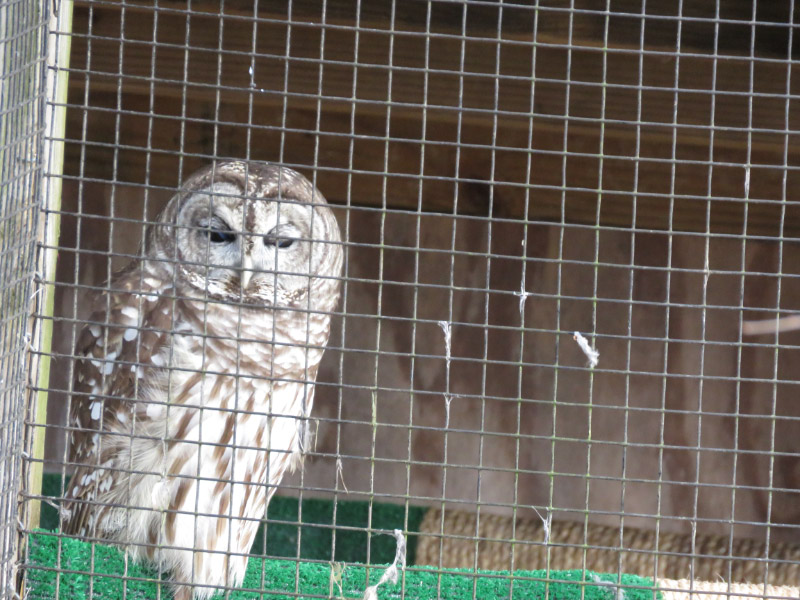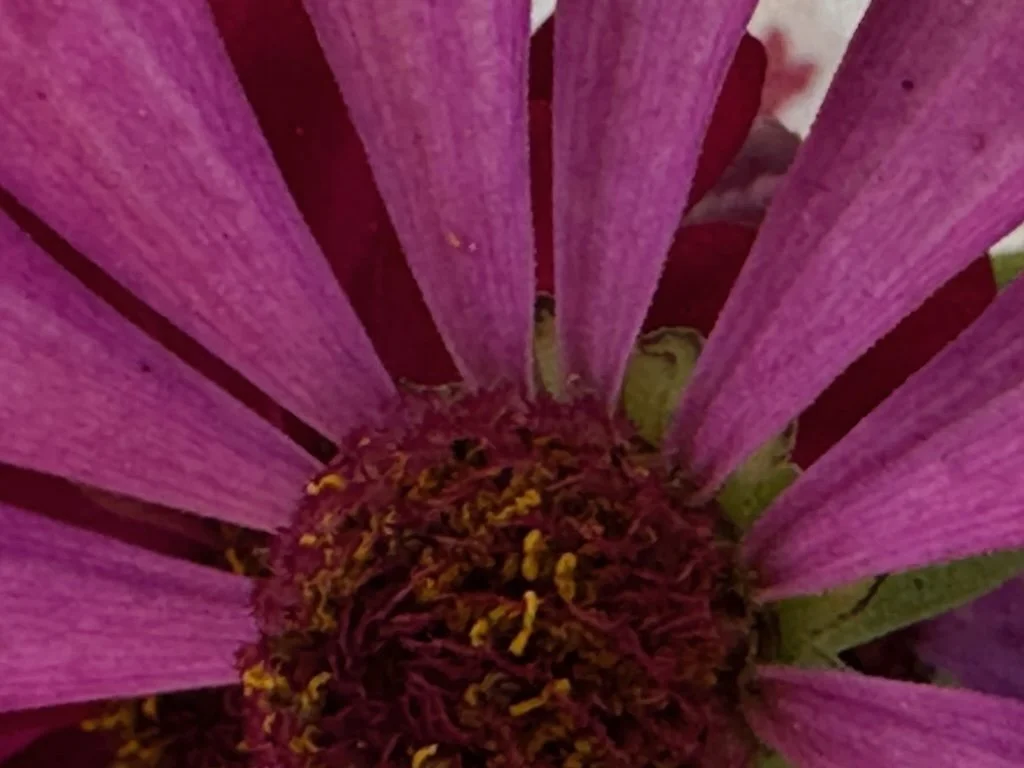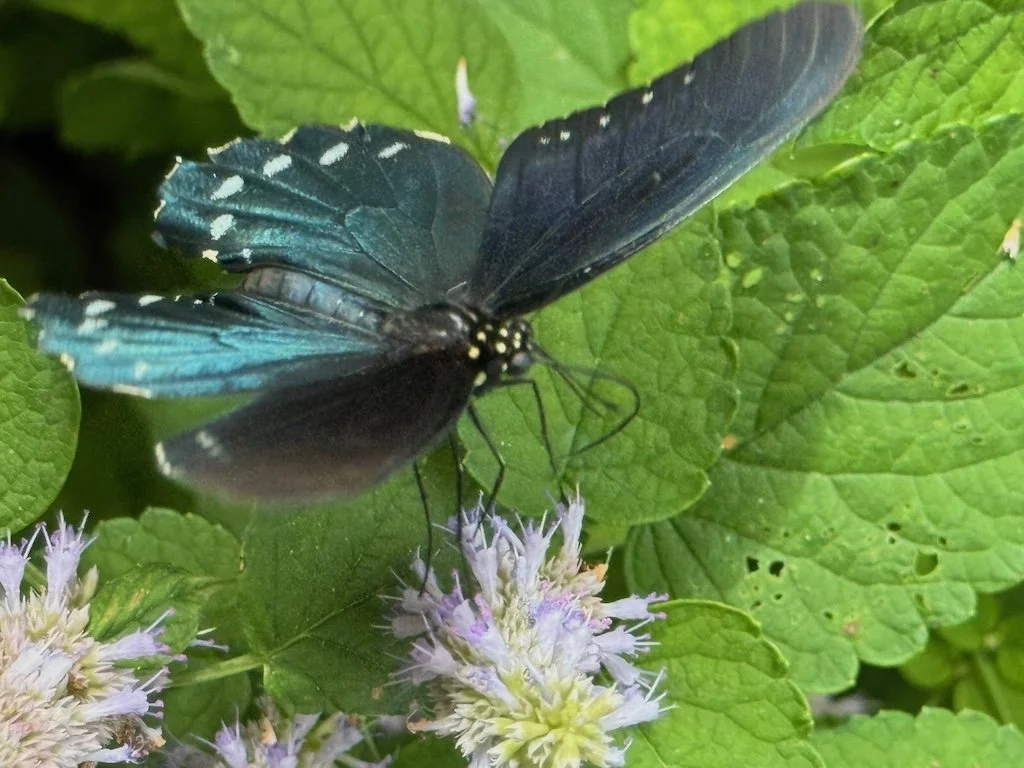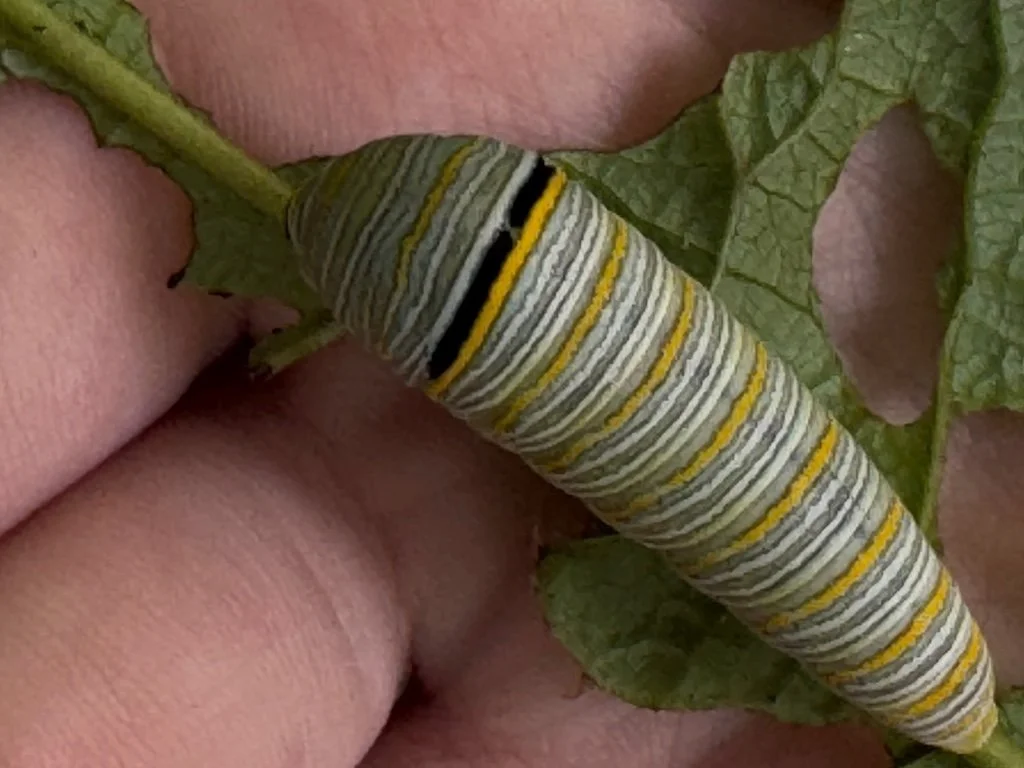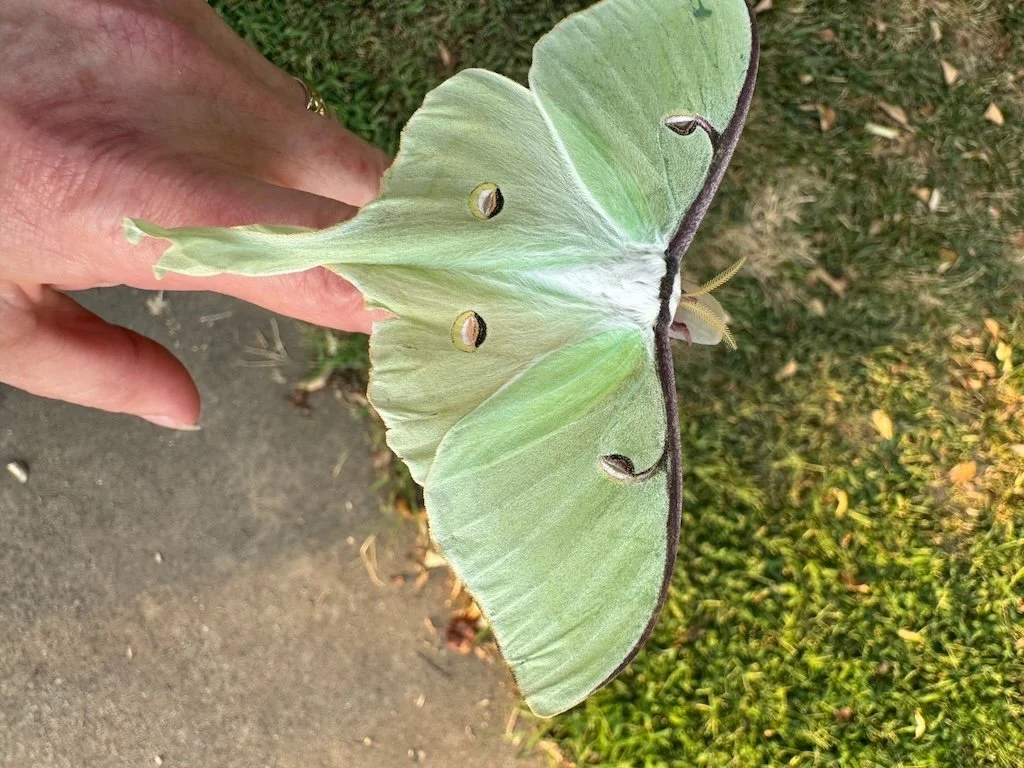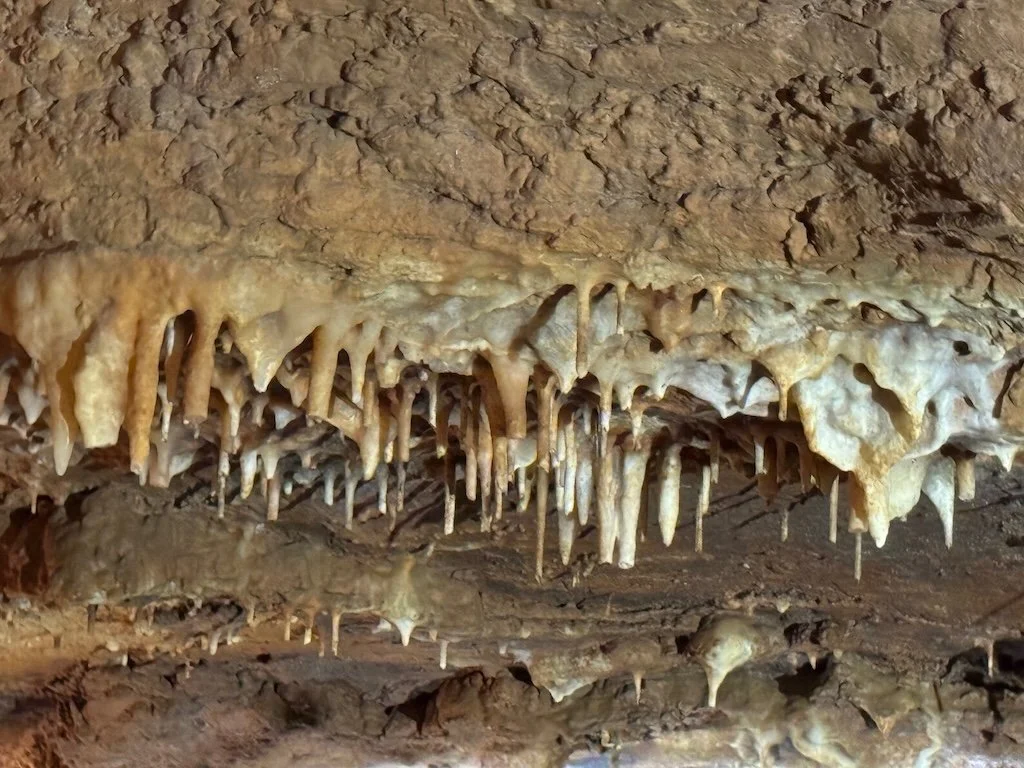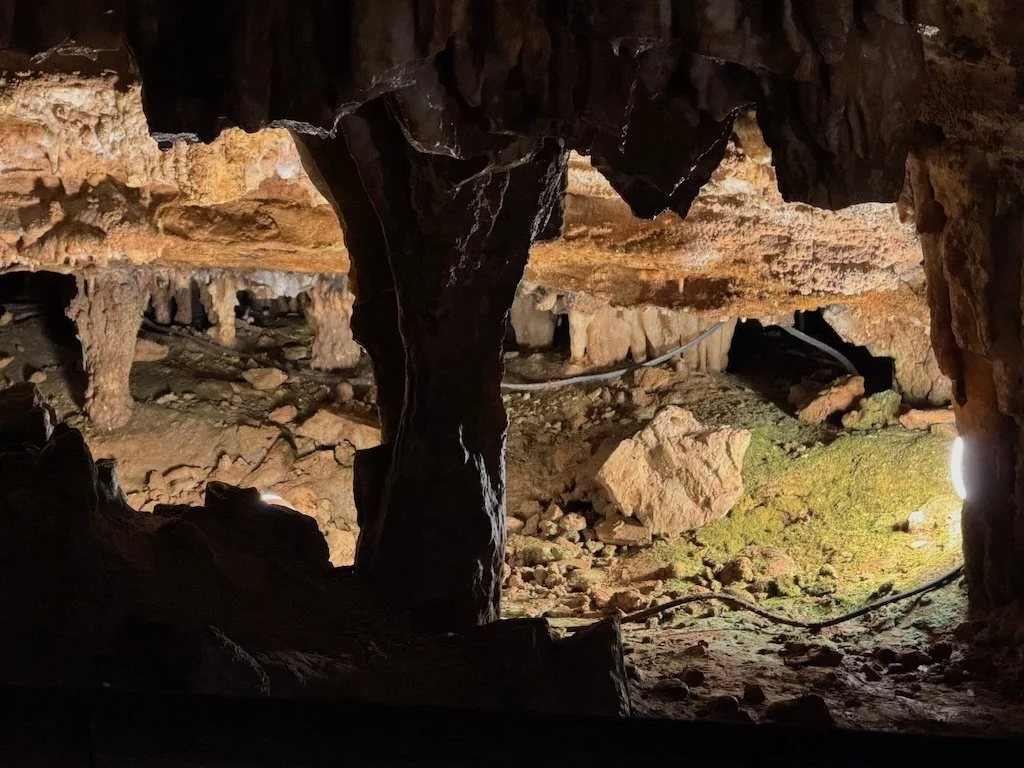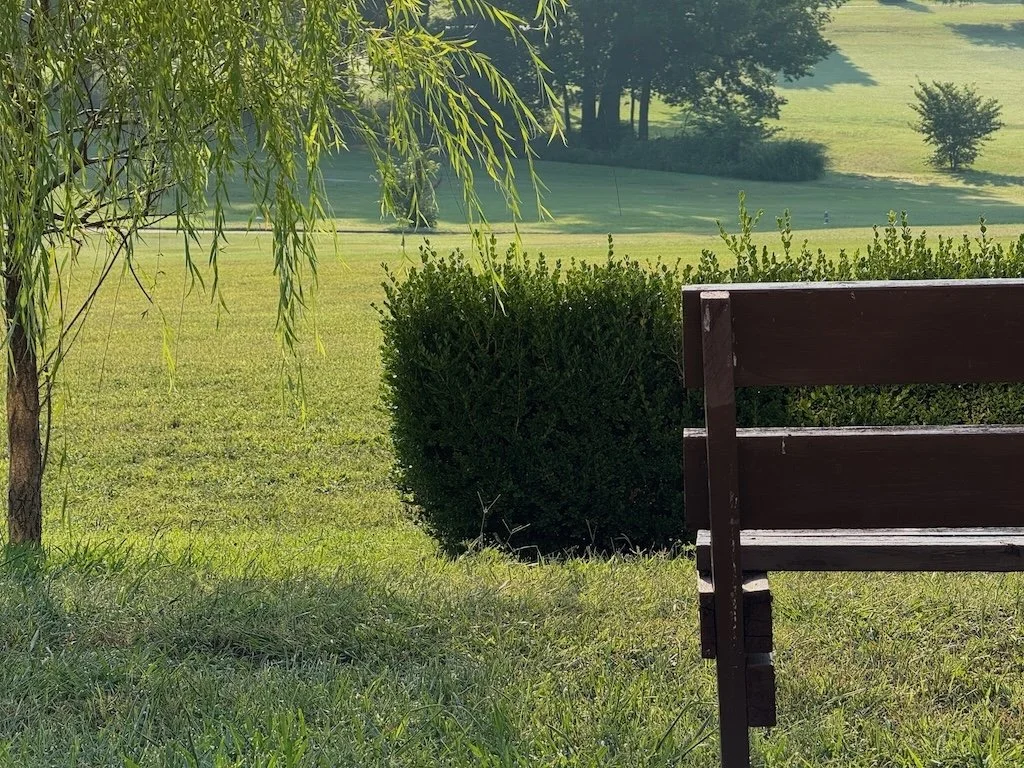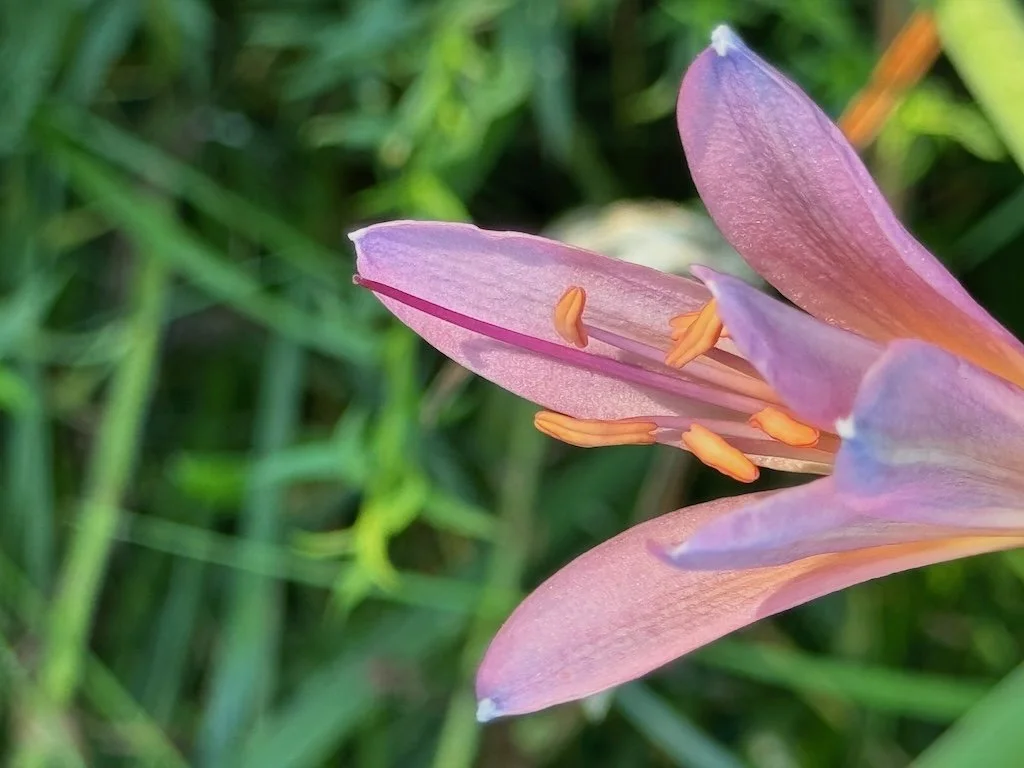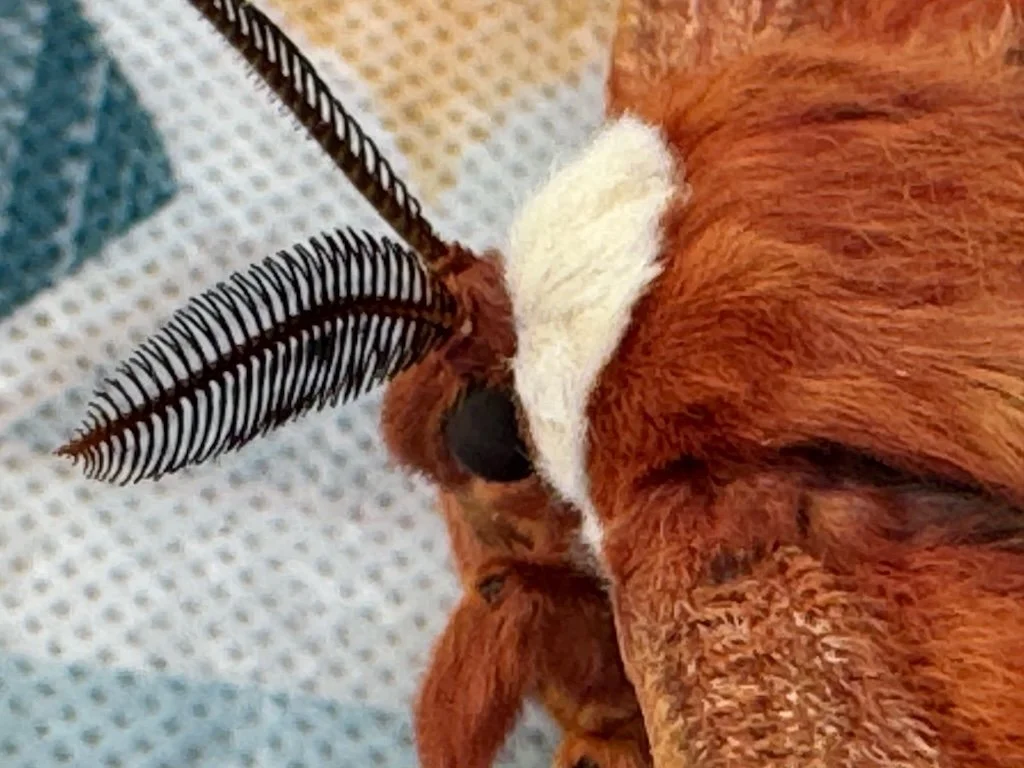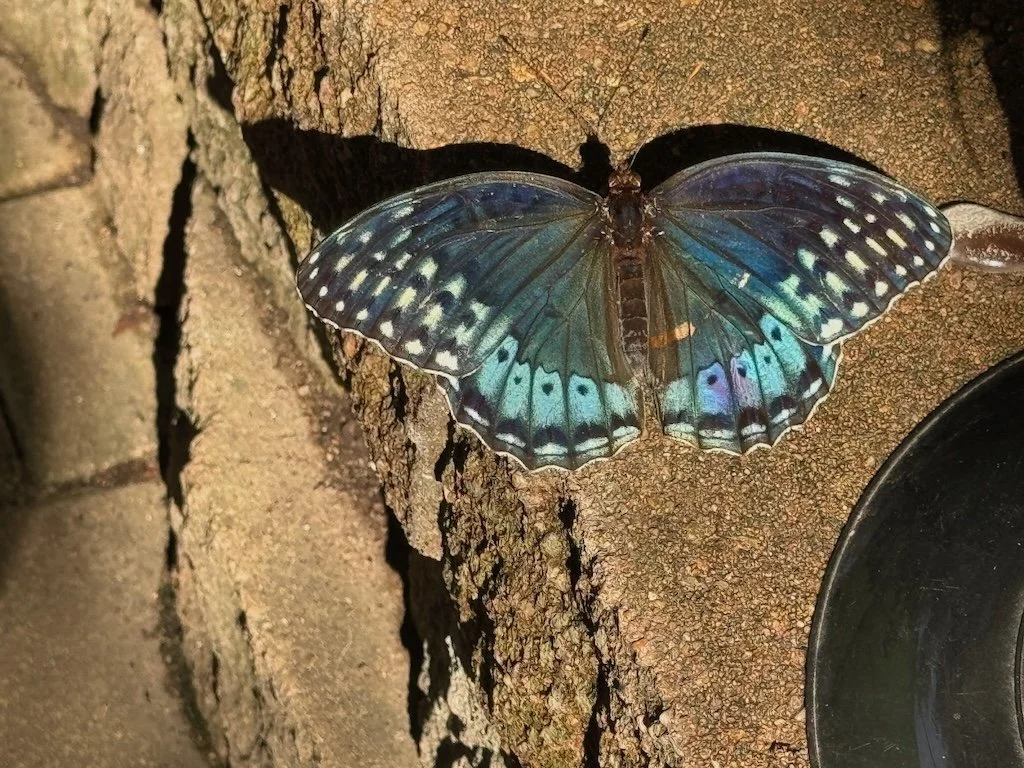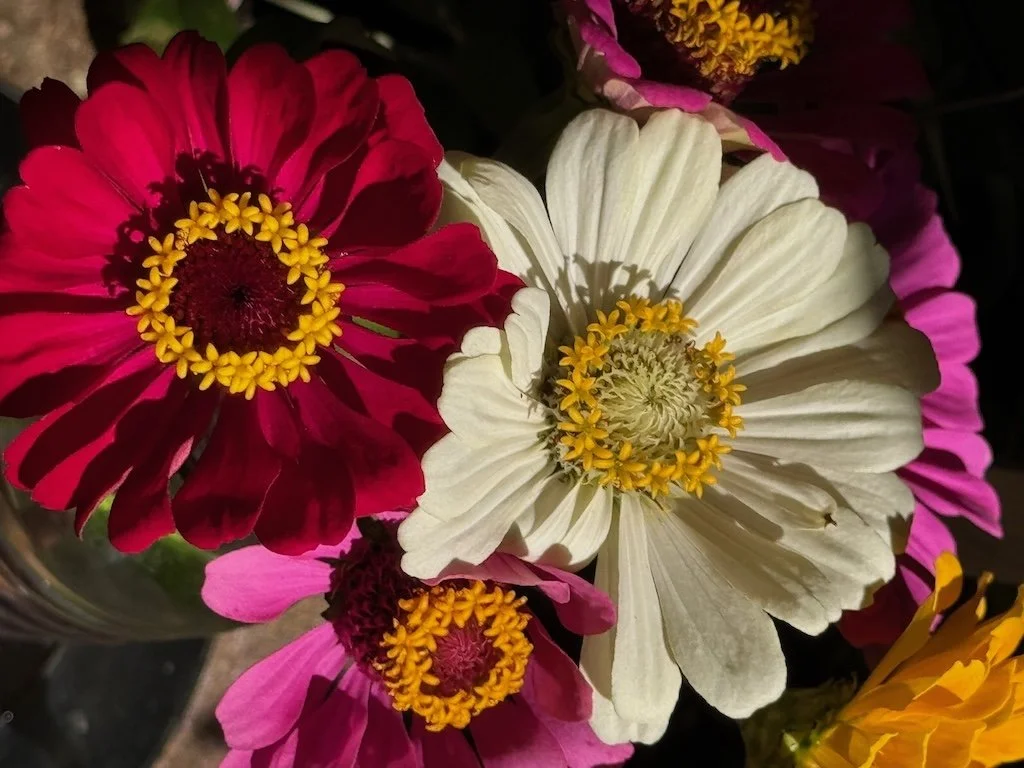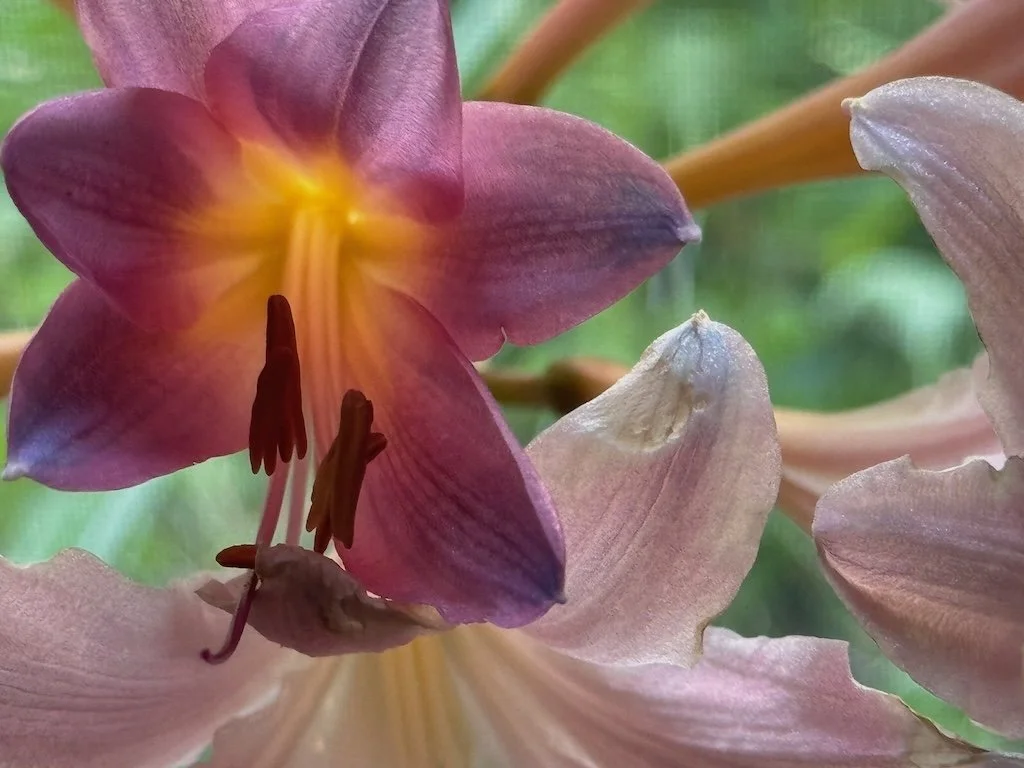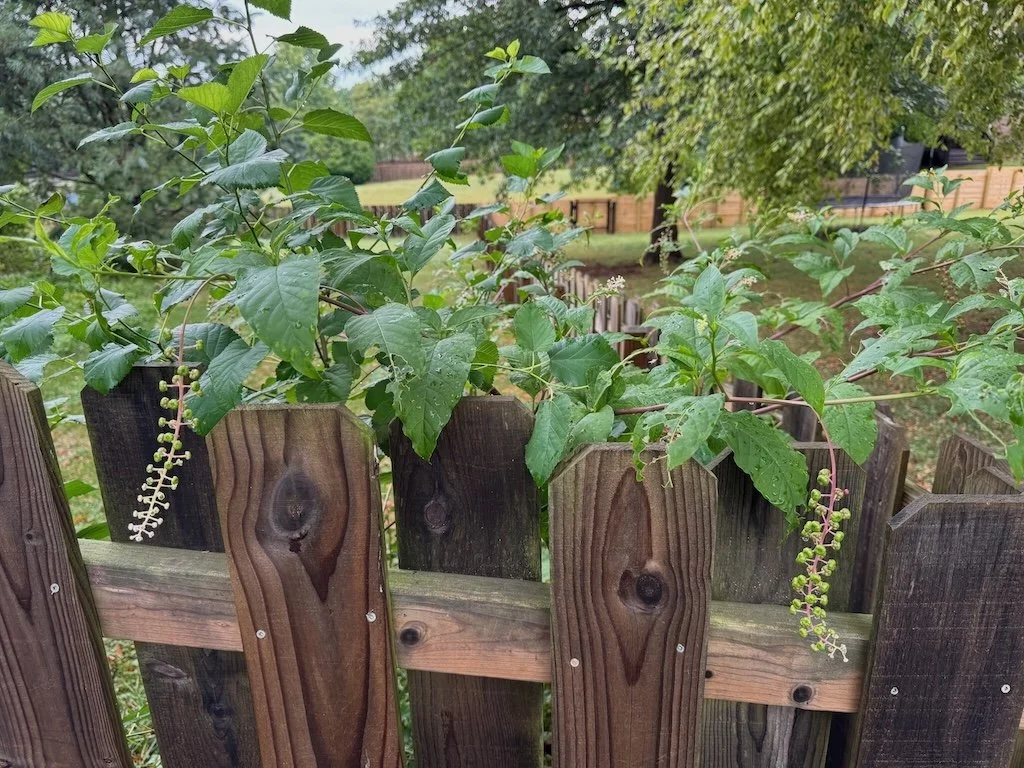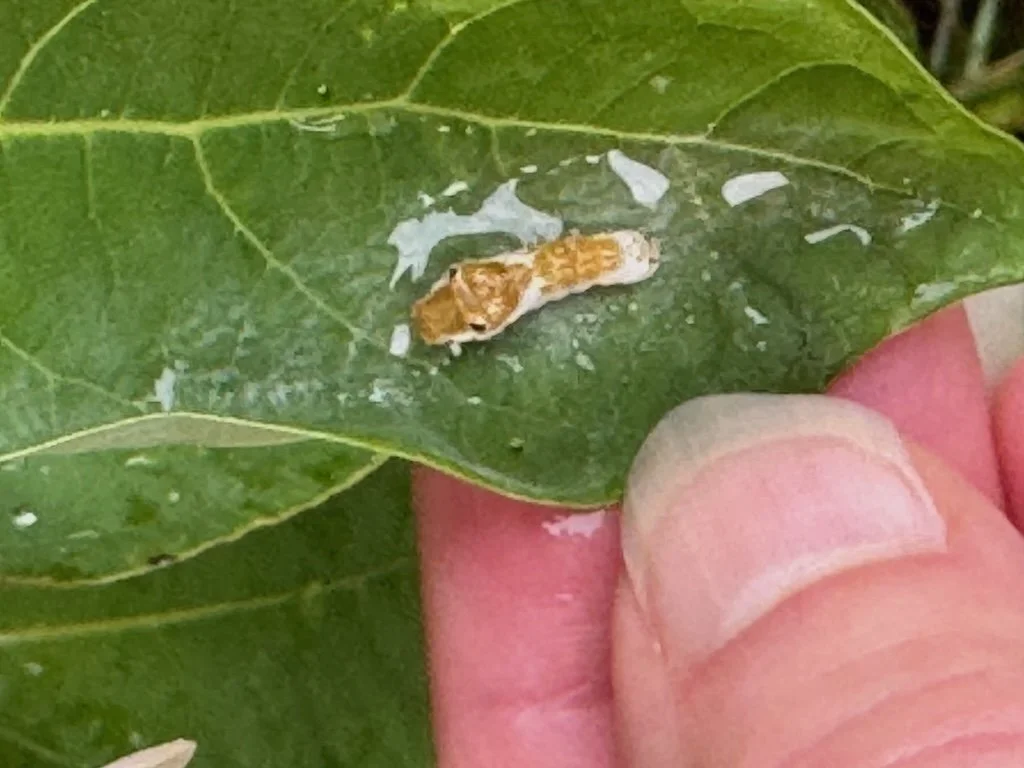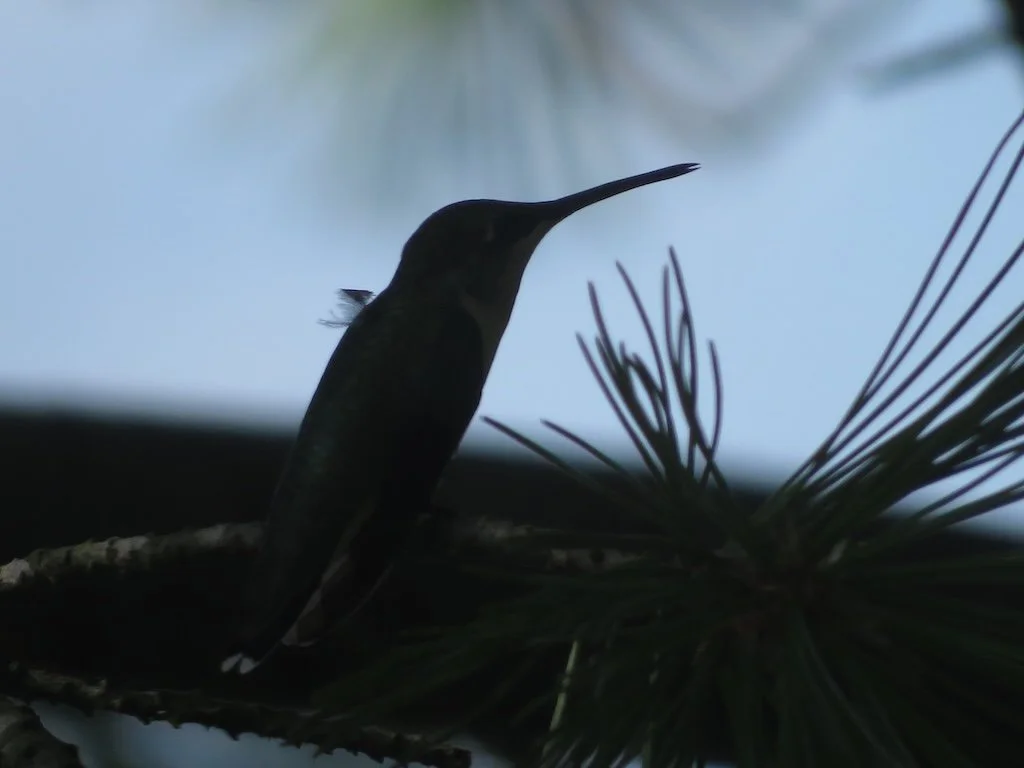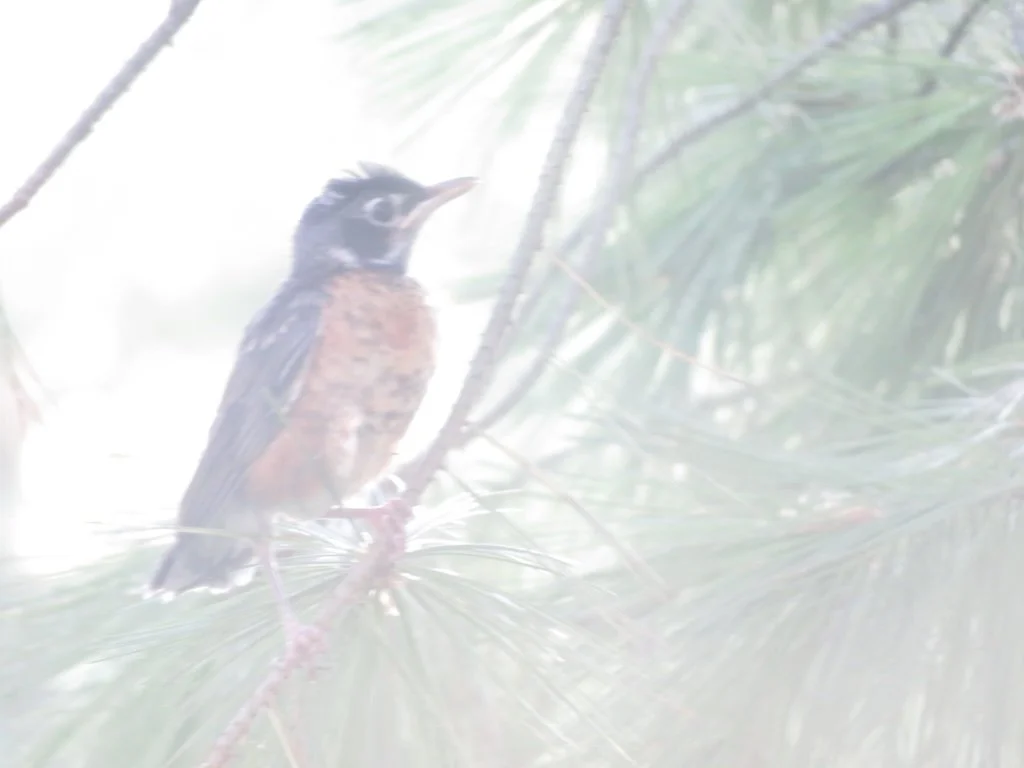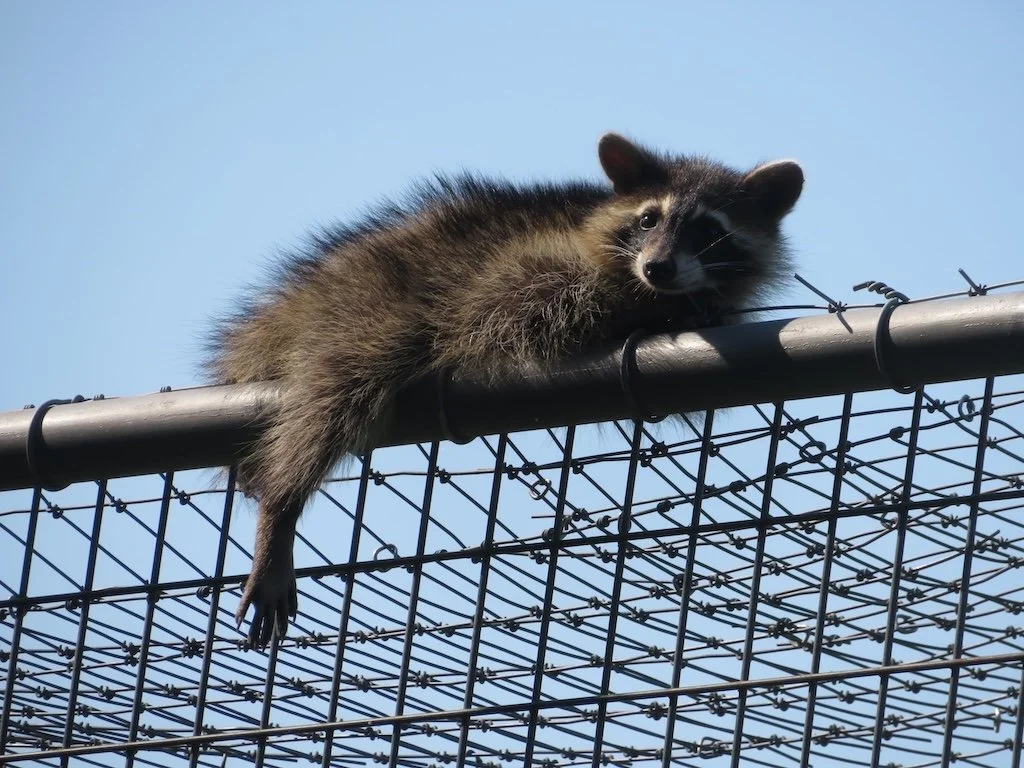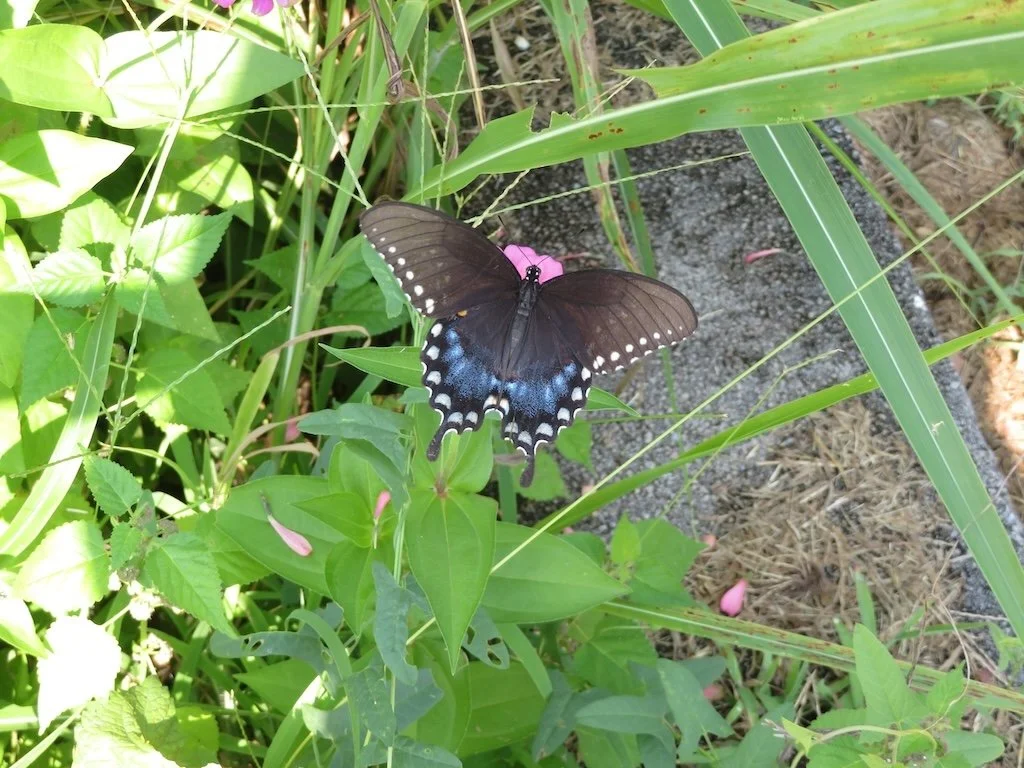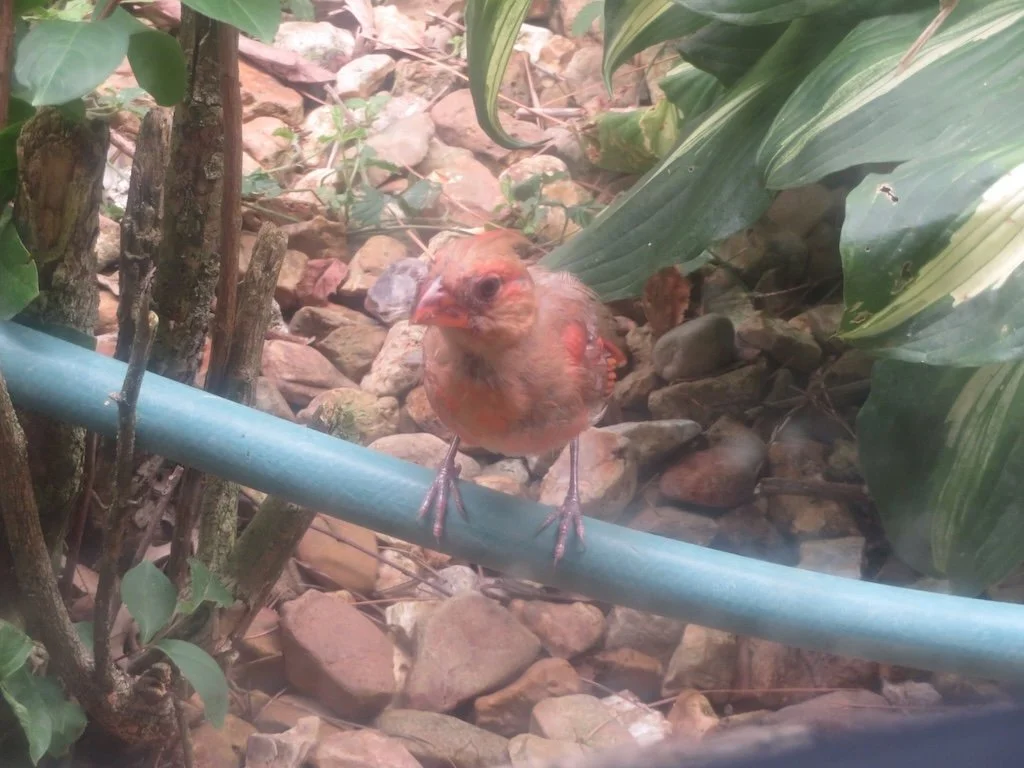Gleanings of the Week Ending February 02, 2019
/The items below were ‘the cream’ of the articles and websites I found this past week. Click on the light green text to look at the article.
Top 25 Wild Bird Photographs of the Week: Camouflage – Lots of birds can hide in plain sight! Owls are the ones I think of first in this category.
When 'alien' insects attack Antarctica: Terrestrial ecosystems are vulnerable to single introduced insect species -- ScienceDaily – A threat from a tiny flightless midge
Anak Krakatau: Planet Labs imagery of the aftermath of the landslide - The Landslide Blog - AGU Blogosphere – Imagery of the landslide that caused the deadly tsunami just before last Christmas.
What is the most commonly found ocean litter? – Yuck! Another reason that cigarettes are a bad thing.
A series of posts from NOAA’s 2018 Arctic Report Card: Visual highlights , Multi-year stretch of record and near-record warmth unlike any period on record, Reindeer and caribou populations continue to decline, Less than 1 percent of Arctic ice has survived four or more summers, Red tides and other toxic species expanding across the Arctic, increasing risks to marine mammals and humans – Quantifying the changes occurring in the arctic
Image of the Day: In Sync | The Scientist Magazine® - Infants playing with their parents…syncing of brain activity
New Ultima Thule discoveries from NASA's New Horizons -- ScienceDaily – A space mission to something we’ve never seen before….the aptly named ‘New Horizons’
Why are biology classes ignoring insects? · john hawks weblog – When I was in high school, insects were a big deal for biology classes; many students created an insect collect the summer prior to the biology year. I don’t remember too much about insects in my first courses as an undergraduate in biology I the 1970s…but there was probably more coverage than in the more recent textbooks.
Keeping fit: how to do the right exercise for your age – A good summary…although the key message is to keep moving…sustained exercise is the best strategy.
Our bodies may cure themselves of diabetes in the future -- ScienceDaily – It’s at the basic research level…but could be an approach to ‘diseases’ caused by cell death in the future (diabetes, Alzheimer’s and cells damaged by heart attacks, etc.)









